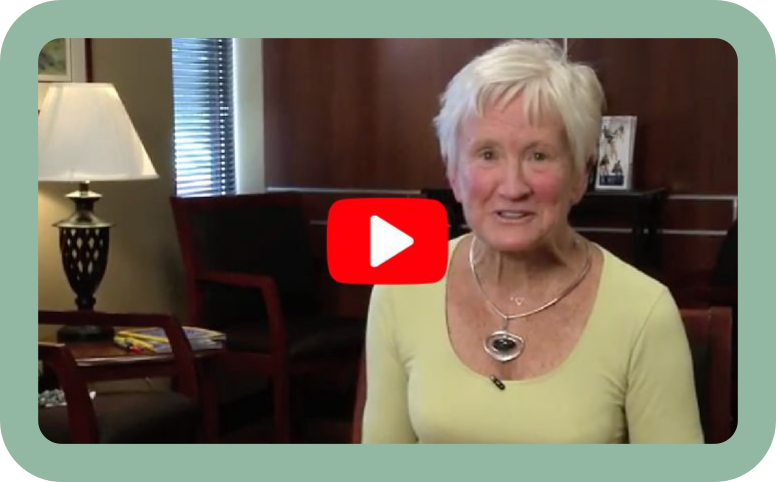What causes varicose veins?
Heredity is the leading cause of varicose veins and this condition will often affect multiple family members. Other factors include certain life events such as pregnancies, trauma to the legs from accidents or surgery, and jobs that require long periods of standing or sitting.

